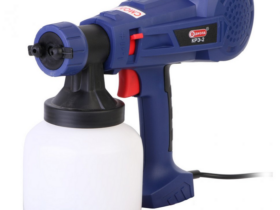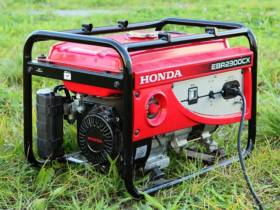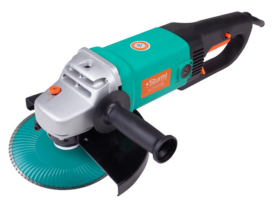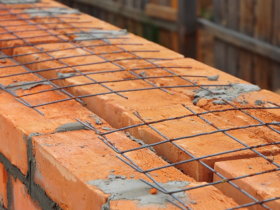Siding is a material for cladding, mounted using supporting structures. It protects buildings from natural influences (wind, rain, snow), while also being a decoration of houses.
Previously, siding was made from stained strict boards, nailing them horizontally, while each board hung a little over the one that is below.
Disadvantages of wood – low durability, the need for appropriate care, a fairly high cost. Therefore, now vinyl and metal panels with imitation of wooden sheathing are mainly used, their service life reaches 30 – 40 years.
Vinyl siding is made of polyvinyl chloride, it does not differ from ordinary boards. Panels are easily assembled in the section. The panels have latches to fasten them among themselves on top and bottom. When the panel above is drawn, it closes special slots in the lower panel designed to fasten it with self -tapping screws or nails. Vinyl siding has many advantages -it is easily mounted, does not conduct electricity, resistant to mechanical damage, retains the shape and color of up to 50 years, it is environmentally friendly, the temperature range of its operation is from -50 to +50 degrees.
Metal siding is made of aluminum or steel. It is more resistant to environmental effects, but is not restored upon receipt of mechanical damage (dents and t. P.). Its cost is higher than vinyl siding. Typically, metal siding is used when facing industrial buildings (workshops, warehouses, etc.).
Choosing the color of siding, it should be borne in mind that brighter colors are less resistant to burnout.



